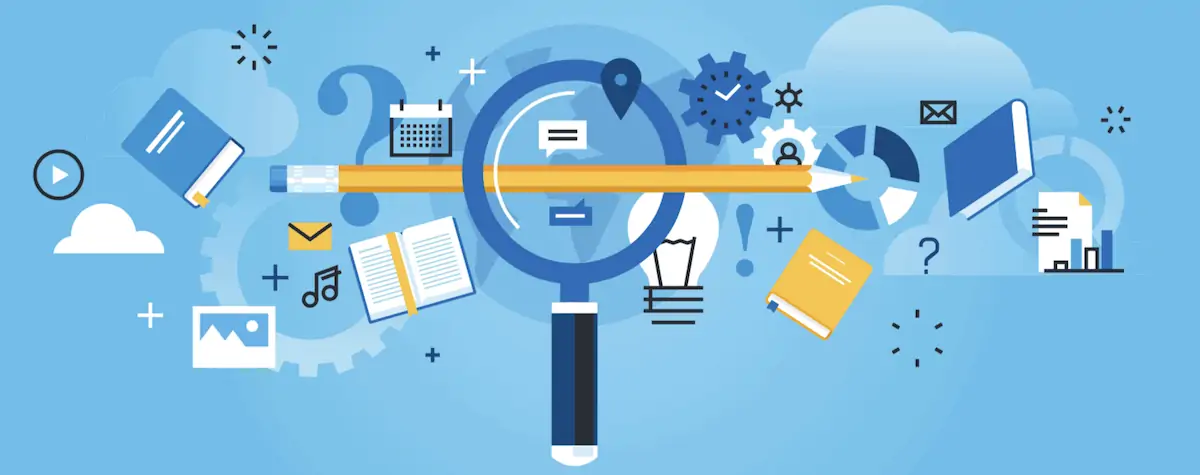Blog
One of the most important skills students need, especially in today’s society, is how to properly analyze sources while honing in on their critical thinking skills. In many cases, educational headlines and the media seem to focus on STEM (science, technology, engineering, and math). However, students will not be able to properly navigate the “real world” without a foundation based on interpretation of information and critical thinking skills….period.
As a history teacher, and I would rather not admit this, but it is almost as if original research and analyzation of historical documents has become a lost art. Today, students can look up information and have an answer within seconds. In some cases, the idea of linking actual documents with actual research gets lost in the shuffle.
Best History Contest Ever
For the past fourteen years, I have had the luxury of designing my curriculum around a project that involves and benefits every student I teach. This project provides opportunities for not only research and analyzing history, but is also an experience that ties in “real world” application. This project is referred to as National History Day.
The National History Day program, established in 1974, has provided students across America the opportunity to bring back the lost art of interpreting, analyzing, and “living” history. Students not only get to personally choose a historical topic that excites them, but they also choose the platform from which their project will be showcased. Categories range from performances, to websites, exhibits, documentaries, and research papers. By empowering students to make choices and take ownership of their project, students find themselves straying from the age old “boring history lessons” into creating a meaningful lesson with a sense of direction.
Reflections & Benefits
The National History Day (NHD) “experience” is something every student should partake in. Personally, in all of the years I have been in education, I can’t think of a better scenario to bring history alive within my classroom. In the 7th and 8th grade history classroom in Hudson, IA, we mold nearly 80 topics into 80 different thesis statements backed by research. Students really need to put their own spin on their thesis statements. For example, what may start out as a factual statement on Martin Luther King Jr., evolves into an expression of a student’s perspective in relation to the theme. Kids learn to properly locate and interpret primary documents and how to relate that information to an overall theme. The NHD experience has really provided my students with a new outlook on how history impacts their own lives.
As an educator who gets the freedom to implement such a creative process, there are tips to properly navigating it. One of the single most important tips I can give fellow educators regarding this project is to get everyone involved! I get every single student that comes through my classroom into this experience….all students need that one opportunity to shine! In addition, I provide my own packets of information detailing differences between primary and secondary sources, as well as, how to decipher what sources to use.
As a parent myself, I really appreciate the presence of the interview process that students undergo when presenting their projects. Students need to address questions asked by judges at each level of competition; that includes the district, regional, state, and national qualifying levels. This process gives many of my students their first ever interview experience. Parents often mention their excitement in seeing their son or daughter evolve through it.
Using EasyBib Tools for NHD
Without a doubt, one of the most widely used edtech tools that I rely on throughout our project are EasyBib citation tools. In today’s society, it is too easy to skip the important step of citing sources. Whether students access a book that has been inter-library loaned, or visited the Library of Congress’s website, it is essential to properly cite each and every source used within the project. There are also helpful guides to doing citations in MLA, APA, and Chicago styles. The intuitive nature of EasyBib tools makes citing much more accessible and quicker to do. In addition, students can also rest assured that they can save, edit and produce the final bibliography via avenues such as Google Docs or Microsoft Word.
With NHD, students are required to not only cite their sources but also to annotate them. EasyBib citation forms make that process beyond smooth by attaching the annotation with the citation. Everything is located in one spot and can easily be exported through a student’s account. We rely on this application each and every year.
Bottom line, EasyBib, a Chegg service, pairs the power of efficiently citing sources with helping students to understand the importance of giving proper credit to all of the sources a student uses within their project!
